Return to Learning Series
for
Pandemic Response and Recovery
This series offers a variety of online courses designed to help schools respond to learning loss, virtual instruction, teacher burn out, student mental health and behavior issues as a result of the COVID-19 pandemic and its impact on schools.
Prioritizing Relationships / School Culture

Course Length: 2 hrs. 20 min.
Resetting School Culture and Relationships Post Covid
When students know how to appropriately manage their emotions, it frees up their minds for learning. In order for our students to handle daily stresses, work well with others, and be empowered, they need to be taught important life skills like social awareness, emotional regulation, and self awareness. Explore the basics of SEL and watch classroom examples of elementary teachers in action.
Learning Loss / Bridging the Gap
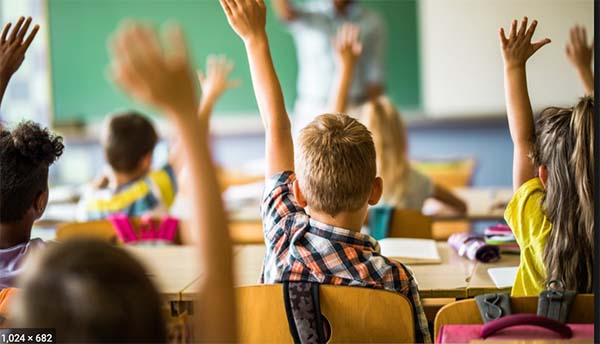
Course Length: 2 hours
Ready, Set, Learn: Recovering from Learning Loss
Pandemic learning loss is real...there's plenty of data out there that supports this. But, we can help our students to recover from the backslide that happened as a result of living through a pandemic. This course will begin by teaching you some critical steps that will ensure that your students are in a headspace that is ready to learn. Then, you will learn strategies for personalizing learning so that we can effectively meet and teach all students where they are now.

Course Length: 2.2 hours
First Step to Learning Recovery: Baseline Assessments
Pandemic learning loss is a very real challenge we are facing as we return to in-person instruction. And just like each of our students in an individual, the individual level of learning loss varies from student to student. As teachers, how are we supposed to support our students when their levels are all over the place? This is where baseline assessments come in. In this course, you will learn how to use various forms of assessments to uncover students’ current levels so that you can better reach and teach them.
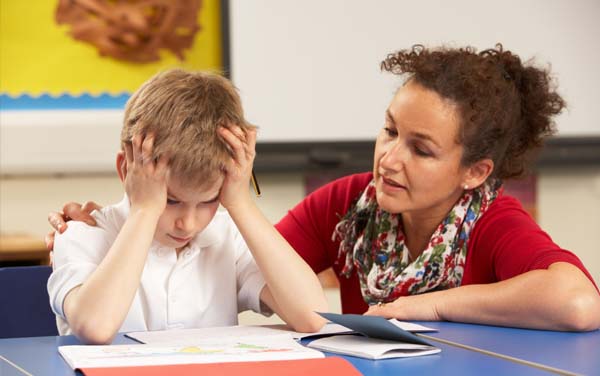
Course Length: 5 hours
Working With Struggling Readers
Many children struggle with reading and the US literacy rate is declining. The facts are startling. This course will help you gain insight into the science of reading, assessment options and strategies to support struggling readers.

Course Length: 1.5 hours
Competency Based Learning
The competency-based education (CBE) approach allows students to advance based on their ability to master a competency or skill at their own pace regardless of environment. This method is tailored to meet students' different learning styles and abilities and can lead to more efficient student outcomes. Throughout this course, you will see how students can progress through learning processes without time constraints and can work toward mastery of cognitive skills and interpersonal skills by exploring diverse learning opportunities and collaborating with peers and teachers.
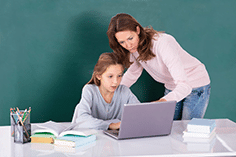
Course Length: 2 hours
Tailored Instruction for Personalized Learning
Shifting to a personalized learning model is not an easy task. It's going to take time, planning, and dedicated effort to make this change. But the benefits of doing so, far outweigh any upfront work that you put in. Embracing personalized learning will truly allow you to reach every student in your classroom. And although it will take some work upfront, on the back-end, personalized learning actually takes some of the work off the teacher and places it on the students. In this course, you will learn about the benefits of personalized learning and how to make the shift from traditional classroom instruction to a personalized learning model.
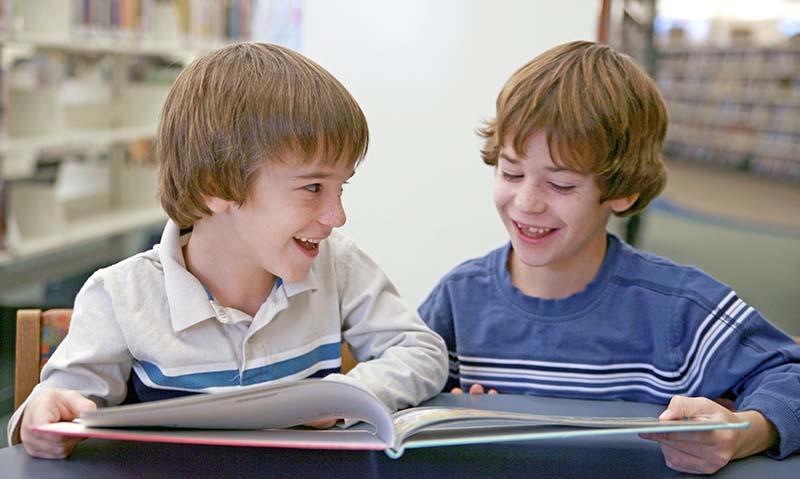
Course Length: 5.5 hours
Why Boys? Closing the Literacy Gender Gap
Providing equitable opportunities for girls is a familiar topic but providing them for boys is a relatively recent issue. Did you know that boys typically score lower than girls on standardized tests in language arts? Plus, dropout rates are higher for boys than for girls. This popular course will explore the issue and provide 7 strategies for engaging boys and increasing reading and writing skills.
Student Mental Health
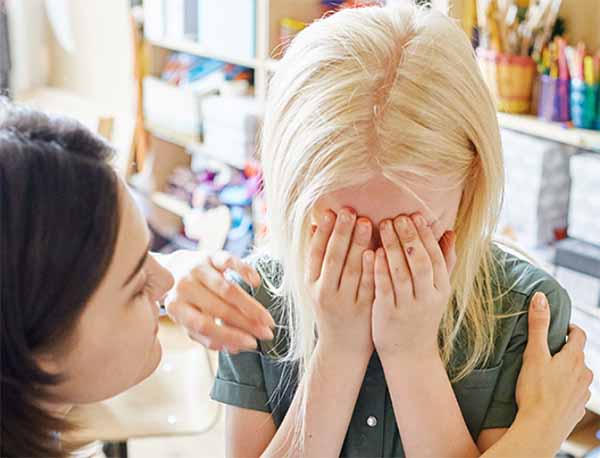
Course Length: TBD hours
Covid-19's Impact on Student Mental Health
It is no secret that the pandemic has had a significant impact on the mental health of many, and youth are no exception. From disrupted schooling to family stress and social isolation, our youth have suffered greatly. Throughout this course, you will have the opportunity to learn more about the specific impacts of the pandemic on students' mental health and well-being and will learn ways to help those students who are struggling.
Teacher Burn Out
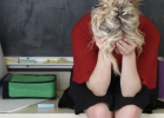
Course Length: 3 hours
7 Keys to Teacher Wellness
There are only so many hours in a day and it seems like we are all stretched to the limits, all the time. Teaching is an intensive job and many of us put the needs of others ahead of our own. This can lead to serious stress and burn out. Self-care is a critical element that ensures you keep yourself healthy physically and emotionally. It’s common for educators to dismiss the self-care movement as “selfish” or “superficial.” But for teachers, self-care is so much more than breakfast in bed or treating yourself to a spa day. It’s about taking care of your health so that you’re prepared to be the best teacher you can be for yourself and your students. When teacher self-regulation is a priority, everyone wins. In this course, you will learn more about the importance of taking time for "self-care", gain new strategies and increase awareness of your own triggers.
Classroom Management / Behavior
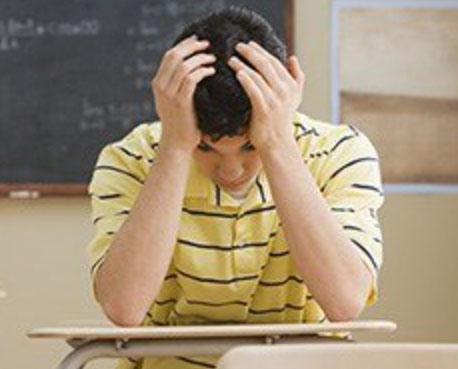
Course Length: 2.75 hours
What Student Behavior is Telling You
In every classroom, students’ behavior is an important form of communication. Students may call out in class, push in line, or withdraw with their heads down on their desks. In each case, the behavior is a sign that they may not have the skills to tell you what they need. Sometimes, students may not even know what they need. What are your students trying to communicate? How can you respond to the student, not the behavior? In this course, you will be challenged to think about behavior as a state of regulation and learn to look into what is driving the negative behavior. Knowing the function of the behavior will allow you to be proactive in identifying ways to prevent behavior issues in the future.
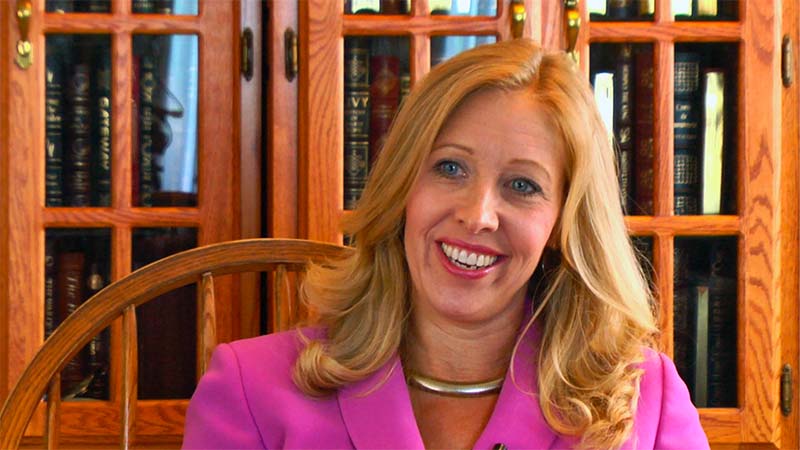
Course Length: 1.5 hours
Beyond Behavior Modification
Behavior modification and positive reinforcement strategies don’t work for all students. If they have been impacted by trauma and adverse childhood experiences, you need to think differently about how to connect and respond. In this course, you will explore 10 suggestions that will help you better connect with your most challenging students.
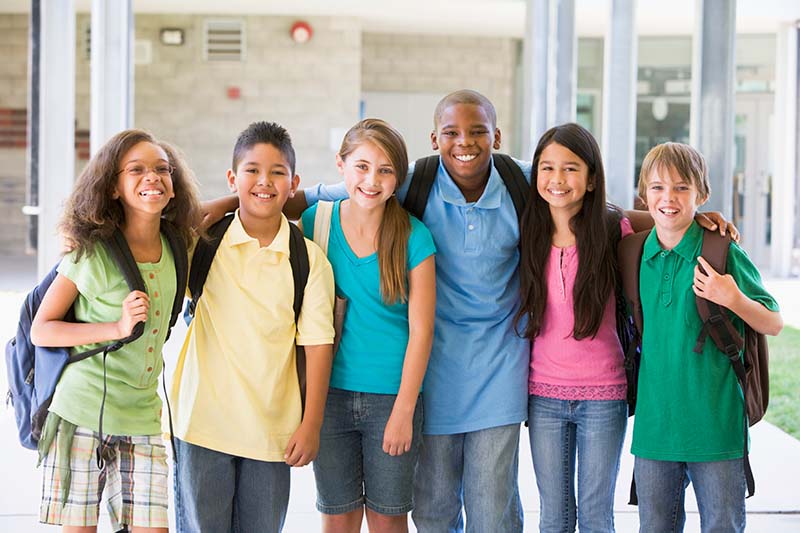
Course Length: 2.1 hours
Positive Behavior Supports in Action (v2)
When students know how to behave in the classroom, not only will they feel safe, but they will be better able to achieve academic success. Throughout this course you will be introduced to the Positive Behavior Support system for managing student behavior in the classroom. You will learn how to create effective rules, and will learn how a three-tiered system of support can be effective in creating an atmosphere of positive discipline in your school.
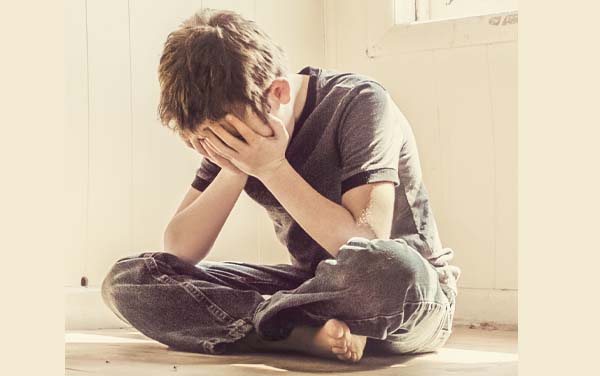
Course Length: 2 hours
ACES 101 - The Profound Impact of Adverse Childhood Experiences (Trauma1)
The impact of trauma and its long-term effects on overall health has garnered a great deal of media attention in the last few years. More than likely, you've heard terms like trauma-informed or trauma-aware. Although you've heard these terms, you may be wondering, what does this have to do with me, as a teacher?
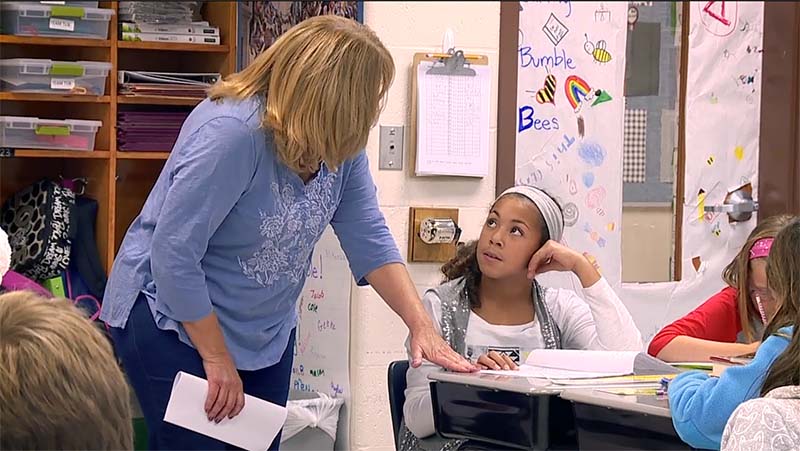
Course Length: 2.5 hours
Scenarios - Don’t You Dare Throw that Chair!
(elementary and secondary versions
available)
In this course, you will view common classroom scenarios like students and teachers struggling with transitions, outbursts, class clowns, cell phones, hoodies, etc. You will have the unique opportunity to view the teacher fail to respond effectively and observe how the situation escalates. You will hear analysis of what went wrong and then view the same scenario come to a more productive resolution as the teacher changes her approach. These scenarios will give you a window into the classroom of other teachers to see how you can best apply de-escalation strategies and trauma-informed practices.
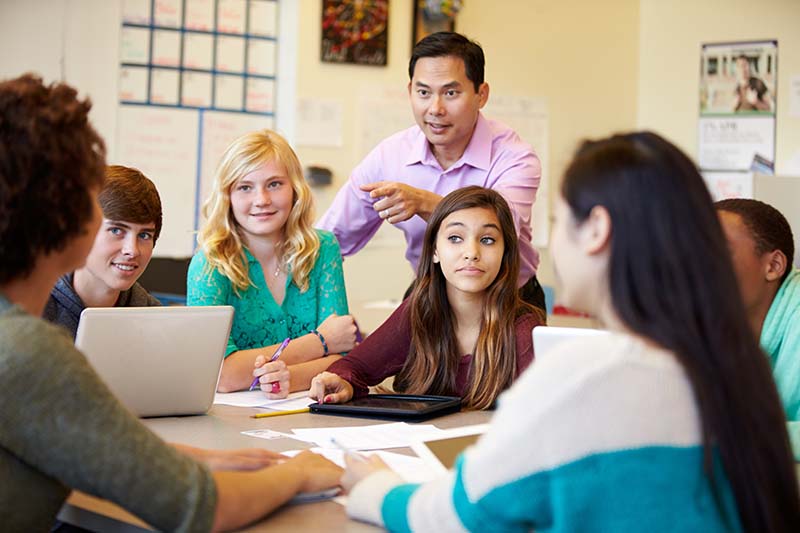
Course Length: 3 hours
Restorative Practices: Responsibility, Healing and Hope
In schools, overreliance on punitive strategies like suspension or expulsion isn't working. It's time to take a different approach. In this course, you will learn about restorative justice and how it brings together persons harmed with persons responsible for harm in a safe and respectful space, promoting dialogue, accountability, and a stronger sense of community.